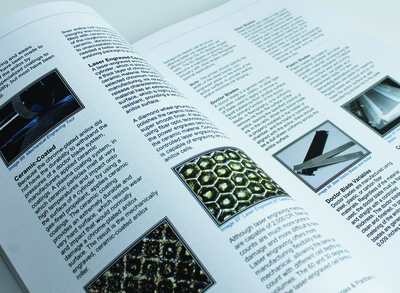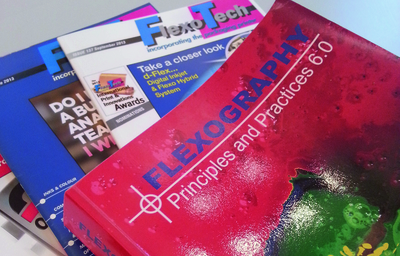There are few works on flexography available in the market today as comprehensive as the FTA’s Flexography: Principles & Practices 6.0. The association has now published the sixth edition of this well-established title and it is without a doubt the definitive guide for anyone involved in this industry.
First published in 1962, the book covers all aspects of the flexographic printing process and is accessible and relevant to beginner and expert practitioner alike.
Fourteen years have passed since the fifth edition came out, and the developments in the process have been significant and revolutionary.
The Flexographic Technical Association therefore sensibly decided that a near complete rewrite of the text was needed.
Produced under the watchful eye of editor Larry Wm Evans, who has worked in the industry for over 35 years, a whole host of industry experts have contributed to the 600+ pages. These come from Kodak, Flint, MacDermid, Epson, FLEXcon, Inometa, Harper, 3M, Gallus, Bobst, Mark Andy, DuPont, Avery Dennison, Esko, Sun Chemical, MPS, Windmöller & Hölscher, and Clemson University to name but a few.
The book starts out with a comprehensive overview and introduction to flexography and the market segments it covers. This includes a history of the process and the individual elements of the printing process.
Section II covers the principles of flexography, discussing photopolymers, plate types, imaging and processing, mounting, inks and metering, before explaining the inner workings of the flexo press, both narrow and wide. Section III moves on to the manufacturing with chapters on colour, substrates, web handling and inspection, while section IV goes into pre-press and the pressroom looking at design, proofing, platemaking and printing procedures. The final section is dedicated to quality assurance and the environment. Two useful troubleshooting guides round off the manual. Additional material is available to download from the FTA’s website.

Throughout the book, the text is supported by detailed diagrams, tables and illustrations, numerous colour photos and flow charts. It is clear that it has been written by people who are experts in their field without any bias. No stone is left unturned and all processes, however minute, are covered and explained, and for a printing method with as many variables as flexography, that is a huge undertaking.
In summary, this is both an invaluable theoretical textbook and a manual for practitioners that will guide the industry for years to come.






